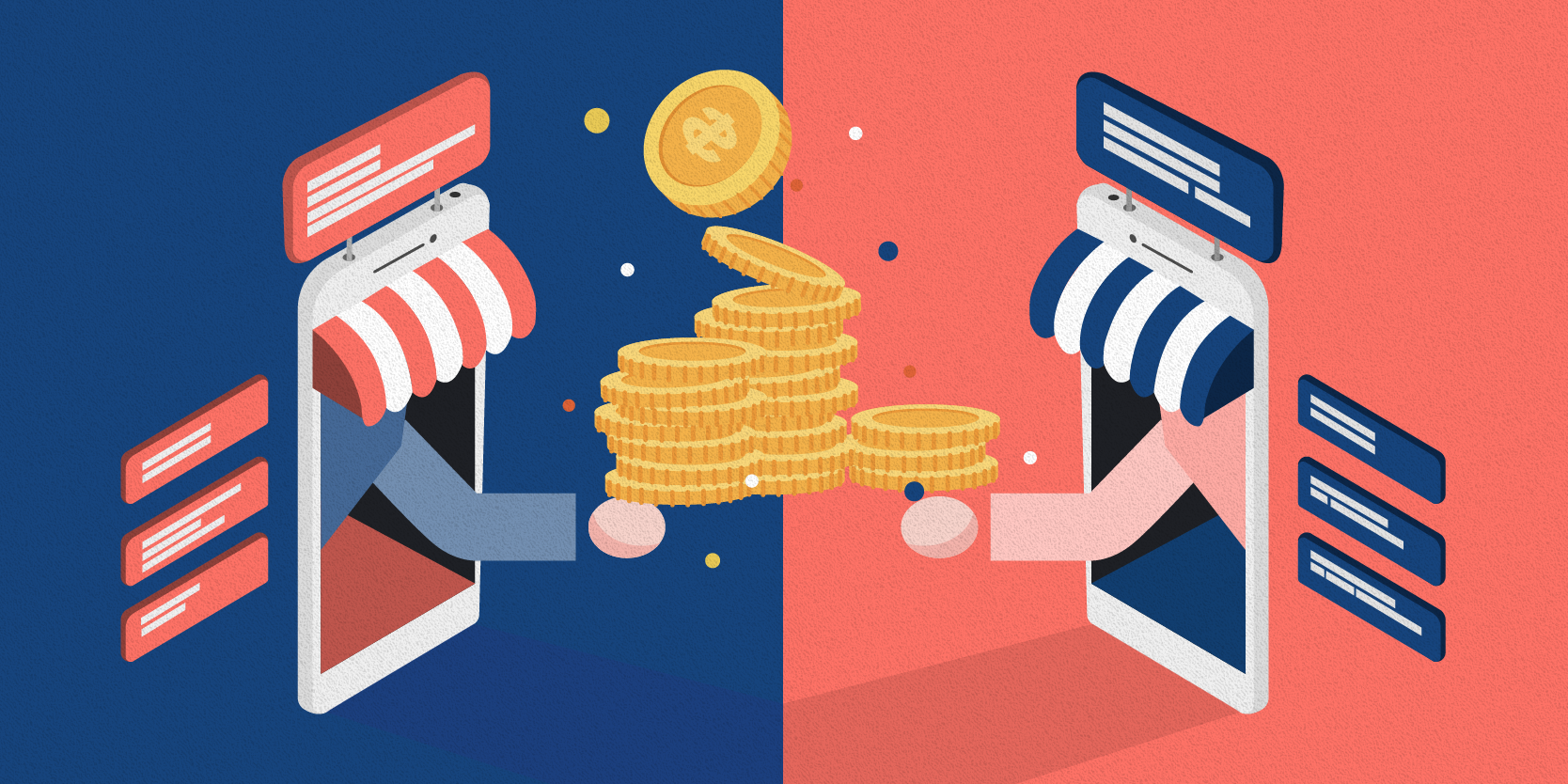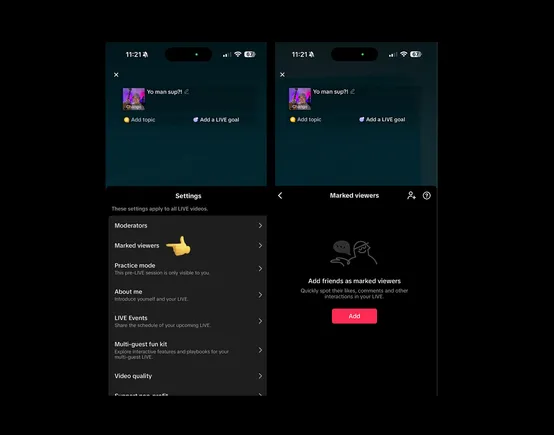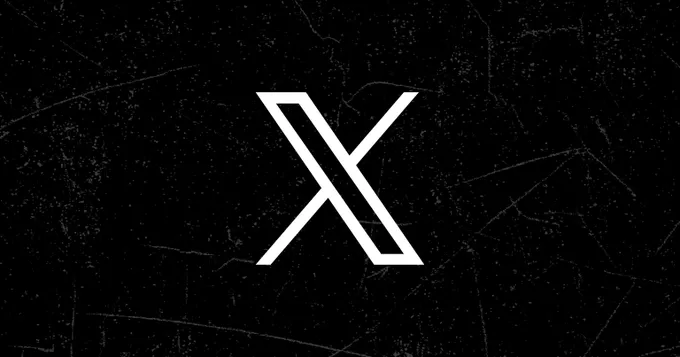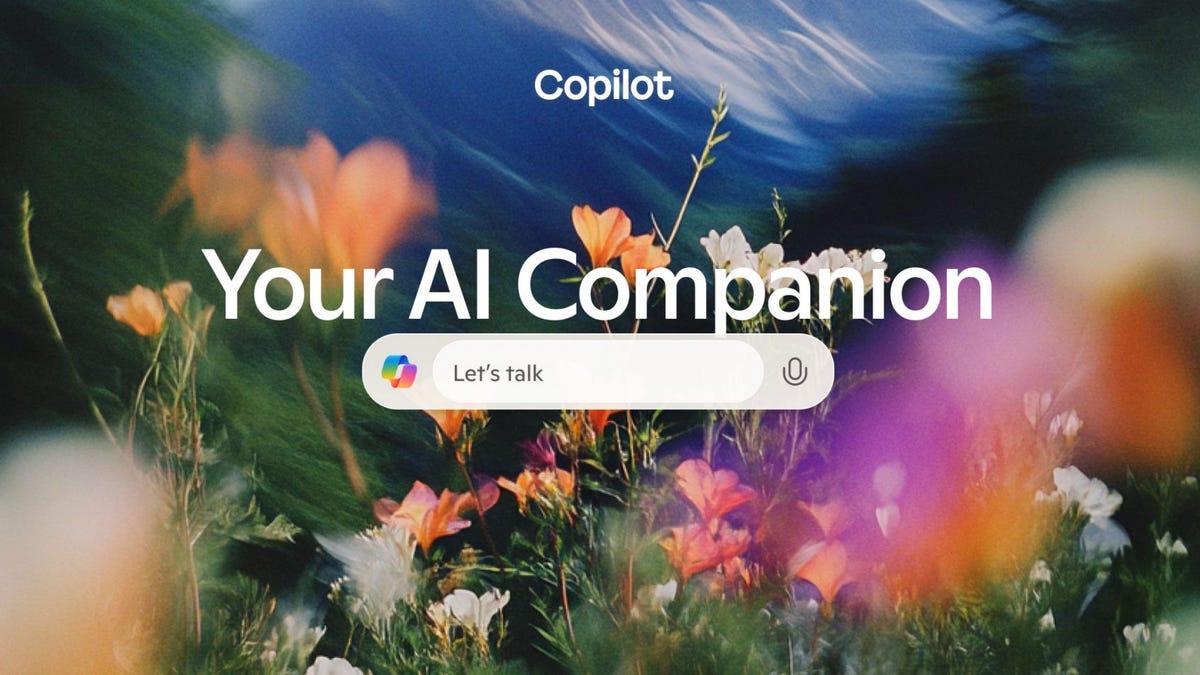Unified lending identity: The next UPI moment for India
Today, lending is fragmented—credit decisions rely on bureau scores, lender-specific risk models, and rigid documentation requirements. This leaves millions—especially small business owners, self-employed individuals, and new-to-credit borrowers—locked out of the formal lending system.


When UPI (Unified Payments Interface) launched in 2016, no one could have predicted how radically it would transform India’s financial landscape. It didn’t just make payments easier—it created an entirely new ecosystem, fueling fintech innovation, enabling microtransactions, and bringing millions into the formal banking system.
Today, India’s credit sector is at a similar turning point. Despite a thriving digital economy, access to formal credit remains fragmented and limited. Unified Lending Identity (ULI)—A framework to standardise and streamline digital lending could do for credit what UPI did for payments.
The real question is no longer ‘why India needs ULI’ but ‘how to make it happen’.
Creating an open credit network
UPI succeeded because it broke down barriers in digital payments. Instead of just digitising transactions, it standardised them, made them interoperable, and fostered trust across the financial system.
ULI must take a similar approach. Today, lending is fragmented—credit decisions rely on bureau scores, lender-specific risk models, and rigid documentation requirements. This leaves millions, especially small business owners, self-employed individuals, and new-to-credit borrowers, locked out of the formal lending system.
To unlock the next wave of financial inclusion, ULI needs to create a single, portable, and universally accepted credit identity—one where credit histories and risk assessments are real-time, data-driven, and transferable across lenders. 
How ULI can unlock India’s next credit boom
1. Making borrower identities frictionless
UPI simplified payments by eliminating the need for account numbers and IFSC codes. One UPI ID makes transactions instant.
ULI can do the same for lending. A single, unified credit identity built using banking transactions and digital payment history and verified through consent-based data sharing can reduce reliance on outdated credit scores. Borrowers who are invisible to traditional lenders, like gig workers and small entrepreneurs, could access credit based on their digital transaction history, not just bureau records.
For example, a first-time borrower with a strong UPI and GST payment track record could be instantly credit-eligible, even without a formal credit score. This removes unnecessary hurdles and allows lenders to make faster, data-driven decisions.
2. Making lending interoperable
UPI allows users to send money through any app, such as Google Pay, PhonePe, or Paytm, without worrying about which bank the recipient uses.
ULI must do the same for credit. Today, borrowers are tied to specific lenders, with little flexibility to switch or carry their credit history across institutions. ULI can change that by creating an interoperable lending ecosystem where:
- Borrowers don’t need to reapply when switching lenders
- Creditworthiness is portable, just like UPI wallets
- Loan-related data is instantly accessible on a single platform
- Competitive interest rates become the norm, reducing dependency on a single lender
A shared lending network would allow fintechs, NBFCs, and banks to co-lend, underwrite better, and reduce risk, just as UPI leveled the playing field for digital payments.
3. Enabling instant credit approvals
The true power of UPI isn’t just digitisation—it was speed. Transactions happened instantly, making digital payments effortless.
ULI must bring the same speed to lending. Today, loan approvals take days due to paperwork, manual verification, and outdated risk assessments. With real-time data access, lenders could approve microloans within seconds—just as UPI processes payments instantly.
Imagine a small business receiving a working capital loan instantly based on the past three months of UPI and GST transactions instead of waiting weeks for approvals. This kind of frictionless credit access could power India’s next entrepreneurial boom, just as UPI accelerated digital commerce.
4. Building trust in lending
UPI didn’t just enable payments—it made them secure and trustworthy. The presence of RBI-backed infrastructure, fraud detection, and dispute resolution ensured mass adoption.
For ULI to succeed, it must offer a reliable, standardised risk framework, including:
- Consent-based data sharing, giving borrowers control over their credit data
- Smart repayment tracking, strengthening creditworthiness over time
- Quick dispute resolution to correct data mismatches instantly
By shifting from static credit scores to dynamic, behavior-based risk modeling, ULI can de-risk lending and enable fairer credit access for all.
ULI is inevitable
Before UPI, digital payments in India were slow, expensive, and inconvenient. Today, UPI processes over 10 billion transactions per month, making India the world’s fastest-growing digital payments market.
Lending today is where payments were a decade ago—complex, slow, and exclusionary. India needs a UPI-like framework for credit—one that makes borrowing instant, accessible, and universally accepted.
ULI can be that revolution. If implemented with the right regulatory support, lender participation, and technology infrastructure, it could unlock a $1 trillion opportunity, bringing millions into the formal credit system and driving India’s next financial transformation.
(Joydip Gupta is Head of APAC at Scienaptic AI, an AI-powered credit decisioning platform.)
Edited by Kanishk Singh
(Disclaimer: The views and opinions expressed in this article are those of the author and do not necessarily reflect the views of YourStory.)


![How to Find Low-Competition Keywords with Semrush [Super Easy]](https://static.semrush.com/blog/uploads/media/73/62/7362f16fb9e460b6d58ccc09b4a048b6/how-to-find-low-competition-keywords-sm.png)





































































































































































.jpg)
%20Abstract%20Background%20112024%20SOURCE%20Amazon.jpg)





















